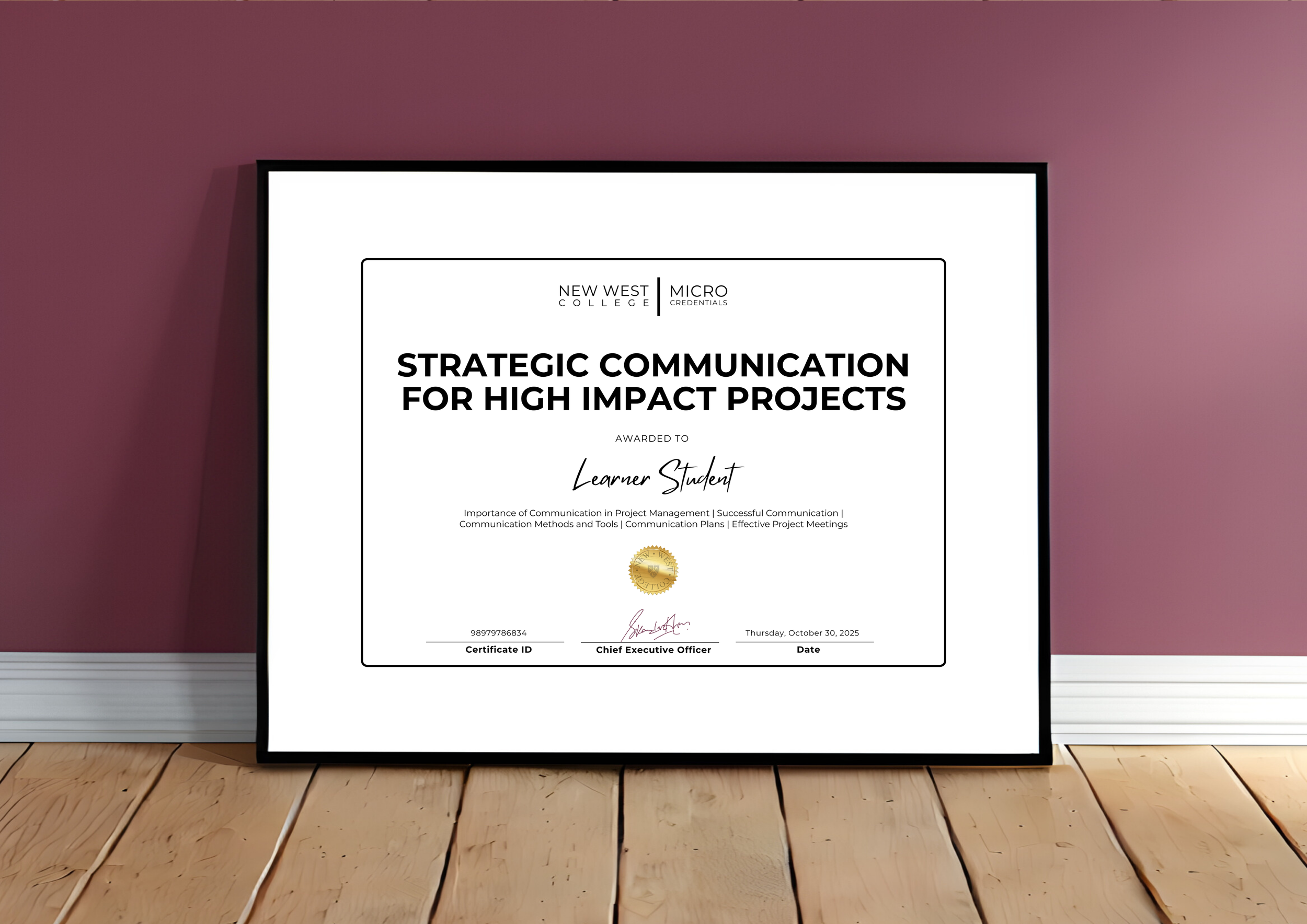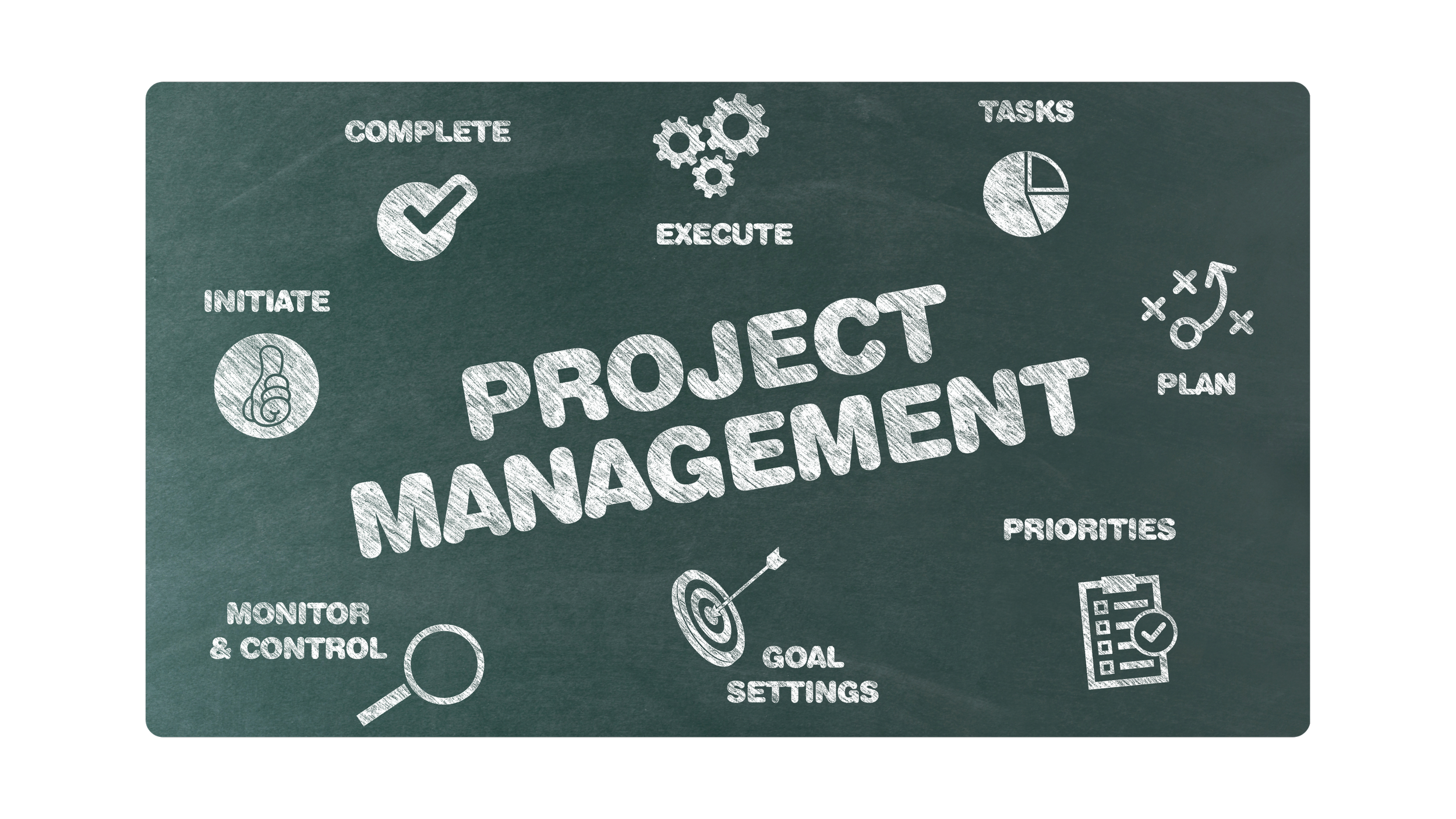Strategic communication sits at the center of effective project management. This course explores how purposeful communication strengthens alignment, builds trust, and accelerates progress. Learners study the fundamentals of clear messaging, the methods and tools that support information flow, and the practices that help project teams collaborate with precision. The course also examines how structured communication plans and well-run meetings improve visibility, reduce confusion, and drive better outcomes. By the end, learners understand how strong communication practices elevate the impact of any project.
Learning Outcomes:
➊ Demonstrate key communication skills such as clarity, active listening, and asking purposeful questions.
➋ Differentiate between interactive, push, and pull communication methods.
➌ Select appropriate communication tools for different project needs.
➍ Develop a structured communication plan that clarifies goals, roles, messaging, and timing.
➎ Organize and lead effective project meetings that stay focused and produce clear next steps.
Requirements:
There are no specific entry requirements for this Micro Credential, however, this credential is ideal for:
New or aspiring professionals who need foundational project management skills to support their current or future roles.
Employees who manage tasks, timelines, or small initiatives but lack formal project management training.
Career changers seeking a practical, short pathway into project-based work across any industry.
Course Content:
This course introduces learners to the role communication plays throughout a project’s lifecycle. It begins by unpacking how information flows between stakeholders and teams, highlighting the importance of clarity, accountability, and real-time visibility. Learners examine the behaviors that define strong communicators, including speaking concisely, listening actively, asking targeted questions, and tailoring messages for different audiences.
The course then explores the three primary communication methods—interactive, push, and pull—and shows how each supports different project needs. Learners also review common digital communication tools such as email, chat platforms, shared drives, project boards, and video conferencing systems, with guidance on choosing the most effective option for a given situation.
Building on these foundations, the course walks learners through the structure and purpose of a communication plan. They learn how to set communication goals, identify key stakeholders, define roles, select tools, outline core messages, and establish communication timelines. The content emphasizes how thoughtful planning prevents confusion, strengthens alignment, and supports project momentum.
The final section focuses on meeting facilitation. Learners discover how to prepare purposeful agendas, ensure the right participants attend, assign pre-work, and lead discussions that stay focused and inclusive. The course covers time management techniques, strategies for keeping conversations on track, approaches for encouraging equal participation, and methods for summarizing decisions and next steps. Through these insights, learners build the confidence needed to run efficient and productive project meetings.







